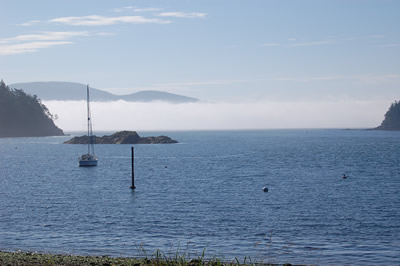This photo shows fog over the ocean and small islands in the San Juan Islands in Washington. The fog formed during cool temperatures in the early morning and is beginning to disappear.
Click on image for full size
Image Courtesy of Amy Hatheway
Fog
Fog is a cloud that touches the ground. Fog usually forms when moist air travels over cold land or water. The moist air cools down and the water vapor condenses and forms a cloud near the Earth's surface. Over land, this happens on clear nights with calm winds. Once the Sun comes up in the morning it warms the top part of the cloud and the fog evaporates. This is called ground fog.
Here are some other ways that fog can form:
- Valley fog: Fog forms in valleys during the winter when cool air flows down the sides of hills or mountains. During the day, the Sun isn't strong enough to evaporate the fog completely.
- Advection fog: This type of fog forms when moist air flows over cold ground or water. Once the water vapor in the air condenses, it forms fog.
- Precipitation fog: This type of fog forms when rain or snow falls into drier air below the cloud and evaporates into water vapor. The water vapor cools the air and adds more moisture to the air, which allows fog to form.
- Upslope fog: Upslope fog forms when winds blow up the side of a hill or mountain, which cools the air and creates fog. This type of fog happens along large hills and mountains, including the plains east of the Rocky Mountains where the land slopes up towards the mountains.
- Steam fog: Steam fog forms when cold air blows over warmer water. The water evaporates into the cold air and condenses to form fog. Steam fog often forms in the fall.
You might also be interested in:
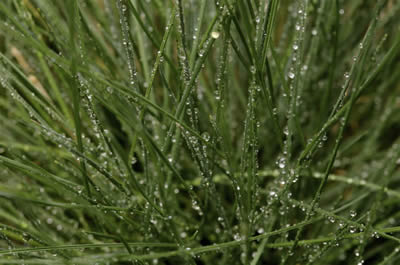
Condensation is when water changes its state from a vapor or gas to a liquid. Condensation is responsible for the formation of clouds. Common examples of condensation are: dew forming on grass in the early
...more
Wind is moving air. Warm air rises, and cool air comes in to take its place. This movement creates the winds around the globe. Winds move at different speeds and have different names based on their speed.
...more
Have you ever left a glass of water out for a long time? Did you notice that the water disappears after a few days? That's because it evaporated! Evaporation is when water passes from a liquid to a gas.
...more
Raindrops form when tiny water droplets collide together in clouds to form bigger ones. When they get too heavy, rain falls out of the clouds. Rain is more than 5mm in diameter. The types of clouds that
...more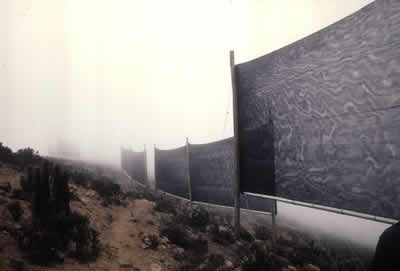
People who live in the Atacama Desert have a hard time finding the water they need. There is very little water there. One place where people get the water they need to survive is from the sky. Fog fills
...more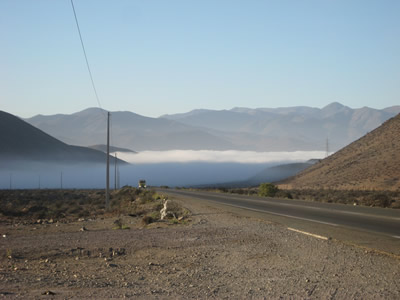
The weather in the Southeast Pacific region is thought of as extreme, because it receives very little rain and is extremely dry. For example, some places in the Atacama Desert in Chile receive less than
...more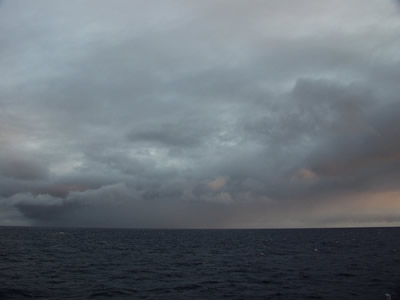
The Southeast Pacific region contains the world's largest set of stratocumulus clouds. These clouds extend for almost 2,000 kilometers (1,243 miles) off the west coast of South America from central Chile
...more


